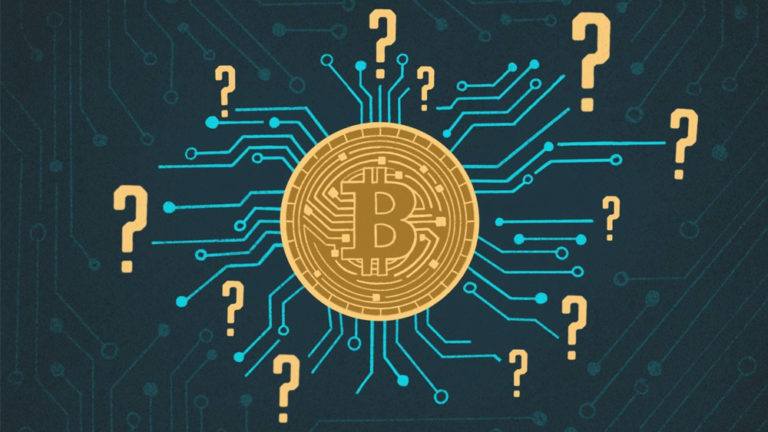The government has indicated that it will soon introduce a Bill in Parliament that will explicitly ban private cryptocurrencies such as bitcoin. The Bill will be brought in to provide a solid legal backing to the ban and is expected to remove any ambiguities. Cryptocurrencies typically operate independently of a central bank. These are essentially digital currencies in which encryption techniques are used to regulate the generation of their units and verify the transfer of funds. Bitcoins have seen a spike in value since October 2020, from about $10,000 a piece to close to $50,000 now.
However, the Cryptocurrency and Regulation of Official Digital Currency Bill, 2021, will facilitate the launch of any official digital currency and bolster an ecosystem around it. The Reserve Bank of India is close to rolling out such a currency. The government feels that enabling private parties to toy with currencies can potentially threaten the stability of the financial sector.
In 2019, an inter-ministerial committee had suggested that private cryptocurrencies like bitcoin be banned, and any activities related to virtual currencies be criminalised. RBI had through public notices in December 2013, February, and December 2017, warned holders and traders of virtual currencies about risks associated with dealing with such currencies.
The authorities’ discomfit with bitcoin stem from the fact that it doesn’t derive its value from any underlying assets or earnings. Since its value depends purely on what an investor is willing to pay for it, it can be easily swayed with speculative bids. Moreover, such currencies typically keep the owners’ identities anonymous, making it difficult to track its flow.
















